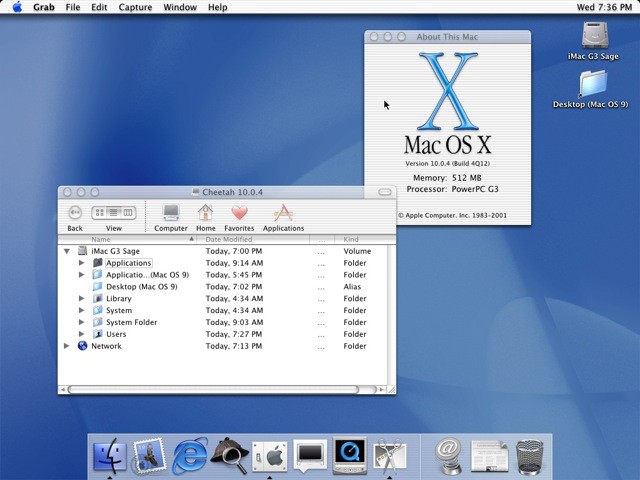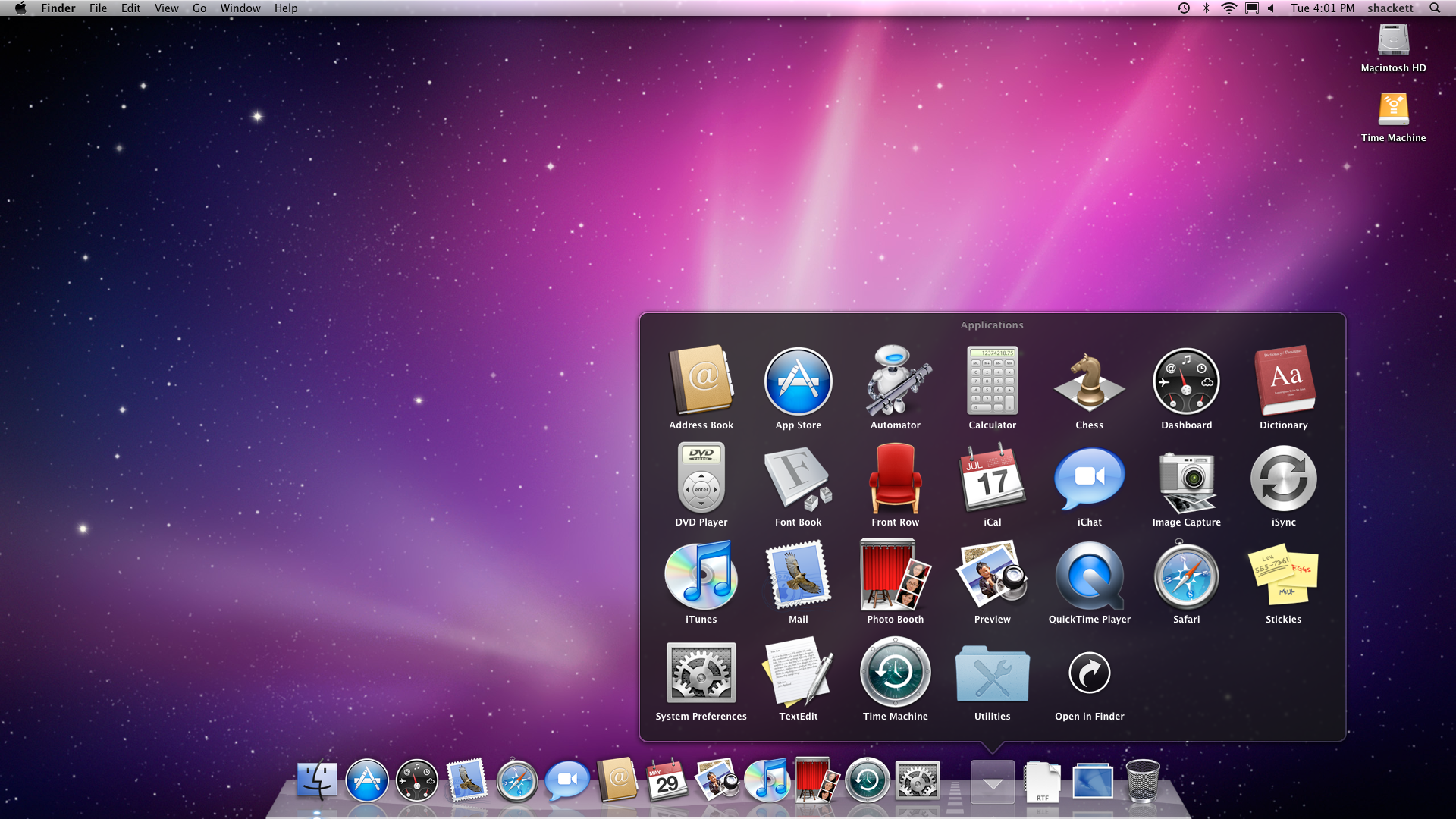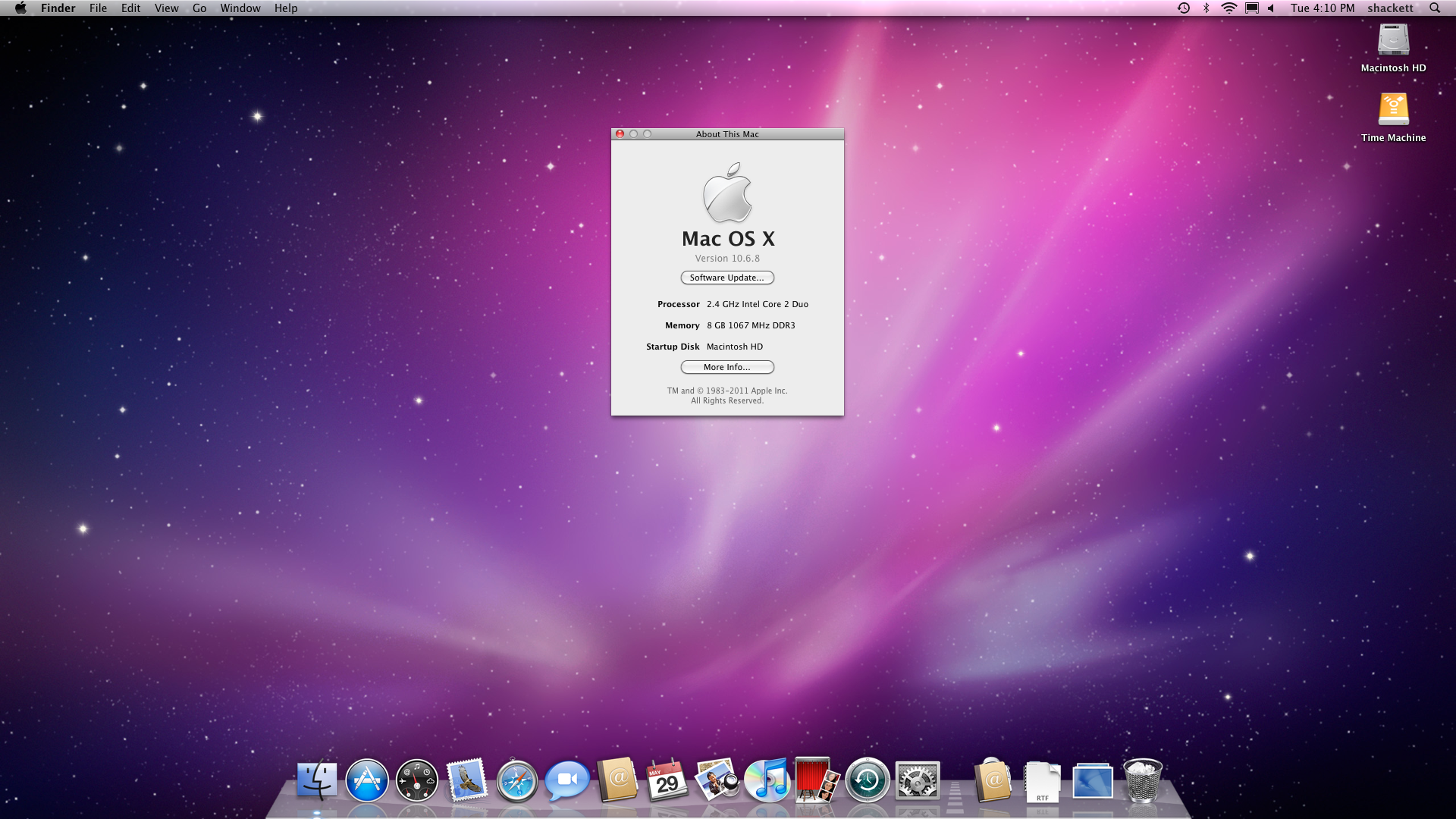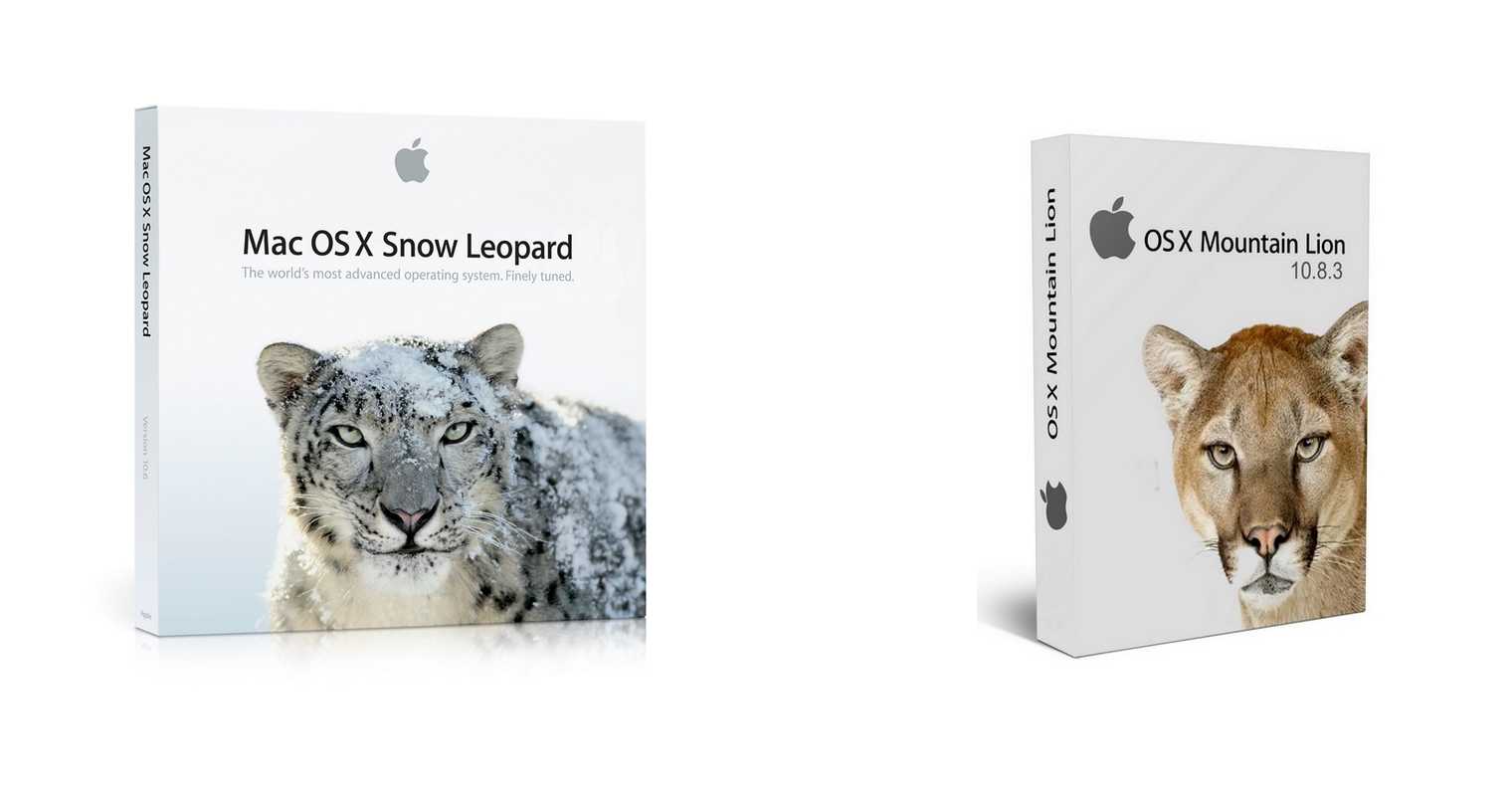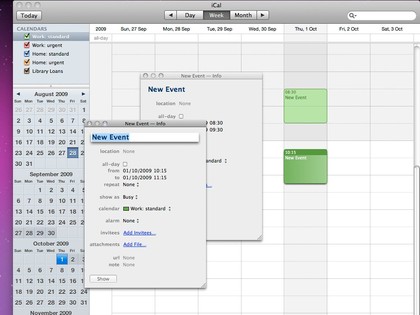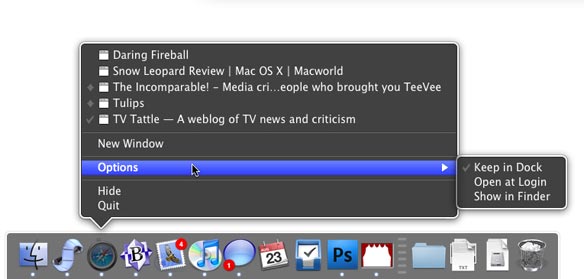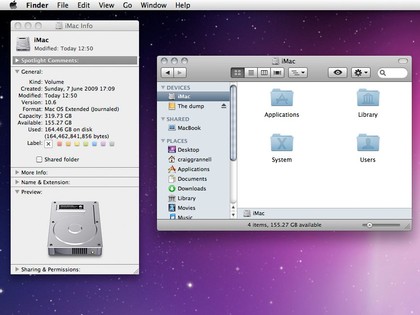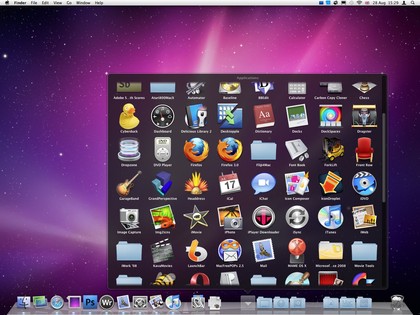MacOS 12 Monterey is the 18th major version of Apple's desktop operating system, a direct successor to the year-old macOS Big Sur. Monterey was announced on June 7, 2021 at the WWDC21 developer conference, and the company will release it to the general public today, October 25, 2021. We went through the entire release history of macOS (by extension, Mac OS X) and simply found that it is delayed.
The beta version of macOS Monterey was released to developers enrolled in the Apple Developer Program on the day of the launch, which is June 7, 2021. The public beta version was released in early July. The main novelties of the system are supposed to be improved FaceTime (with the delayed SharePlay function), the Messages application, Safari, the Focus mode, Quick Note, Live Text will be added, and hopefully one day we will also see the delayed Universal Control between Mac computers and iPads.
It could be interest you
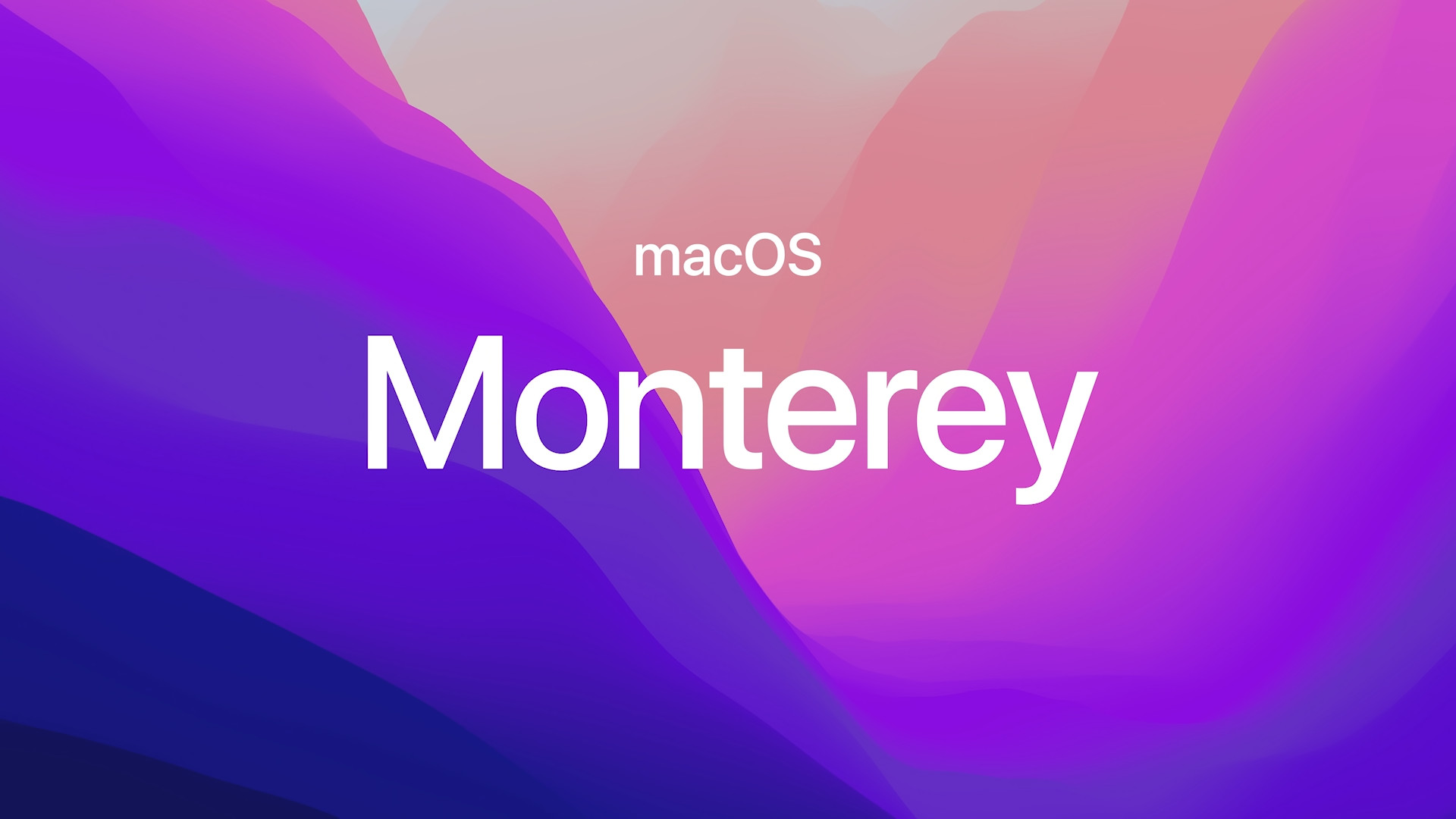
20 years since Mac OS X 10.0
Even though macOS 12 Monterey is the official 18th version of the system, that doesn't mean it's coming of age just now. The first version of Mac OS X 10.0, labeled Cheetah, was released already in 2001. Moreover, it was in the spring when the successor to 10.1 Puma came right in the fall, or in September of the same year. Jaguar followed in August of 2003, followed by the Panther in 2005. Both systems were introduced in the fall, and then Apple changed the meaning of releasing new versions, which were definitely longer awaited than nowadays. The Tiger was released to the general public a year and a half after the previous version, in April 2007. Then we had to wait another year and a half until October 2009 for the Leopard, until a year and a quarter later the very popular Snow Leopard arrived. That was in August XNUMX.
Mac OS X Cheetah:
Mac OS 10.7 Lion was then waited for two whole years, which was the first to bring official support for the Czech language. The last summer system, as well as its last feline designation, was Mountain Lion the year after that. After him, Apple switched to the regular annual release of its systems during the autumn months, which it also began to name after areas close to the company's headquarters, i.e. California.
Mac OS X Snow Leopard:
The end of cats and the beginning of macOS
Since Mac OS X 10.9 Mavericks, which was released on October 22, 2013, regularity in the introduction of successors can also be observed. These were most often published at the end of September or rather at the beginning of October. The only extreme exception was last year's Big Sur, which did not reach users until November 12, 2020. Of course, not only the pandemic was responsible for this, but also the introduction of computers with the M1 chip.
Mac OS X Yosemite:
The numbering also changed, when Apple abandoned the marking of version 10. Big Sur was therefore given the number 11, this year's Monterey is marked with the number 12. So if we do not count last year's "exceptional" year, and we do not take into account the introduction of systems before Mac OS X 10.9 Mavericks , the October 25th date is clearly the latest date that Apple has made its desktop system available to the public for its computers.
It could be interest you

Release dates for Mac operating systems:
- macOS 11.0 Big Sur: November 12, 2020
- macOS 10.15 Catalina: October 7, 2019
- macOS 10.14 Mojave: September 24, 2018
- macOS 10.13 High Sierra: September 25, 2017
- macOS 10.12 Sierra: September 20, 2016
- Mac OS X 10.11 El Capitan: September 30, 2015
- Mac OS X 10.10 Yosemite: October 16, 2014
- Mac OS X 10.9 Mavericks: October 22, 2013
- Mac OS X 10.8 Mountain Lion: July 19, 2012
- Mac OS X 10.7 Lion: July 20, 2011
- Mac OS X 10.6 Snow Leopard: August 29, 2009
- Mac OS X 10.5 Leopard: October 26, 2007
- Mac OS X 10.4 Tiger: April 29, 2005
- Mac OS X 10.3 Panther: October 24, 2003
- Mac OS X 10.2 Jaguar: August 23, 2002
- Mac OS X 10.1 Puma: September 25, 2001
- Mac OS X 10.0 Cheetah: March 24, 2001
 Adam Kos
Adam Kos 


